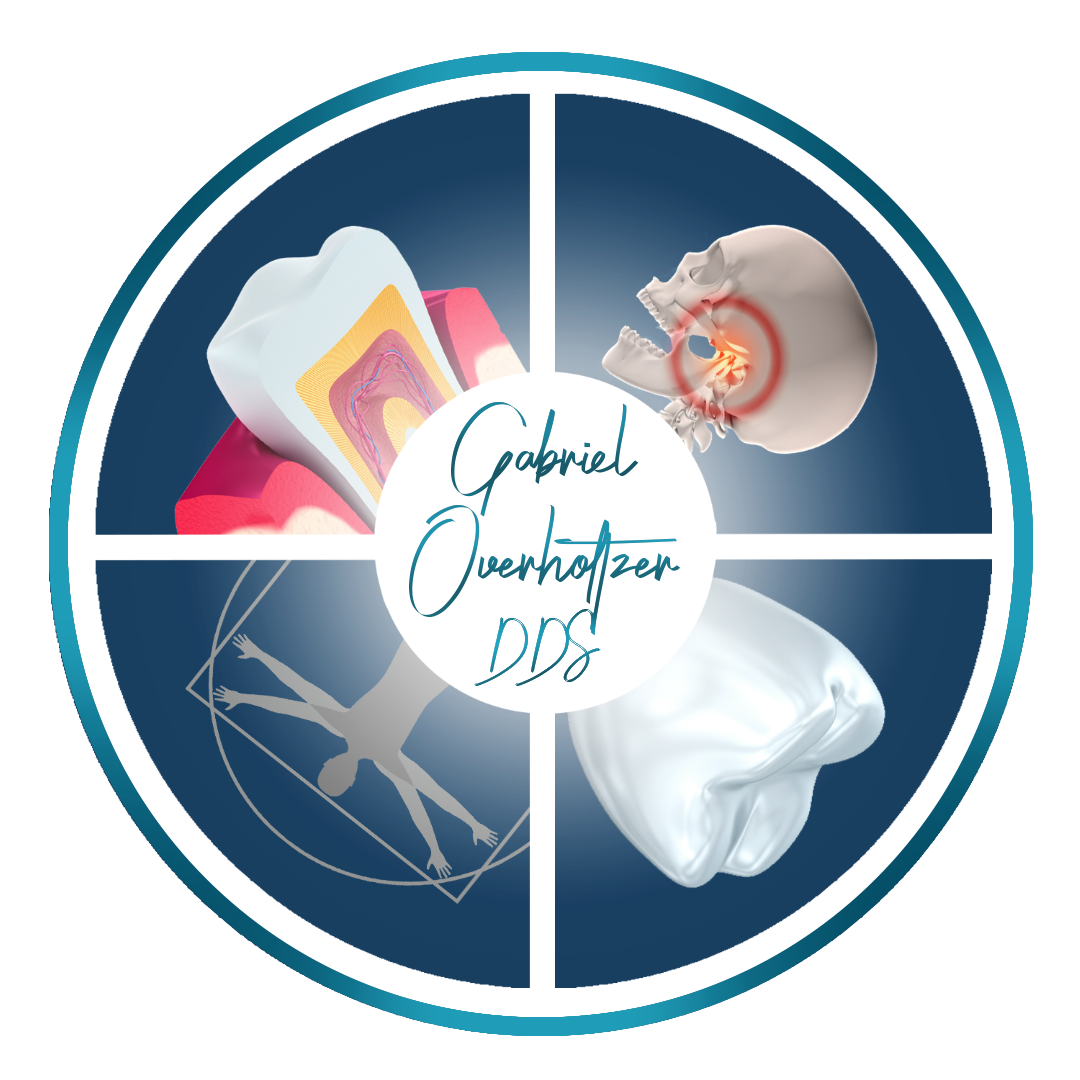Dental emergencies can strike unexpectedly and require immediate attention to alleviate pain, prevent further damage, and ensure optimal oral health. This article outlines the situations and symptoms that necessitate seeking an emergency dentist, emphasizing the importance of prompt action in dental emergencies.
Severe Toothache
A severe and persistent toothache is often a sign of an underlying dental issue, such as a deep cavity, abscess, or cracked tooth. When the pain is unbearable or accompanied by swelling, fever, or foul-tasting drainage, it’s essential to contact an emergency dentist promptly. Timely intervention can address the cause of the pain and prevent complications.
Knocked-Out Tooth
A knocked-out tooth, also known as an avulsed tooth, is a dental emergency that requires immediate attention. If possible, carefully pick up the tooth by the crown (the top part) without touching the root, rinse it gently with clean water, and attempt to reinsert it into its socket. If reinsertion is not feasible, keep the tooth moist in a container of milk or saliva and head to an emergency dentist immediately. The chances of successfully reattaching the tooth decrease significantly with time.
Broken or Fractured Tooth
A broken or fractured tooth can result from trauma, biting on hard objects, or untreated decay weakening the tooth’s structure. In such cases, the affected tooth may be sensitive, painful, or have sharp edges that can damage oral tissues. An emergency dentist can assess the damage and provide appropriate treatment, which may include bonding, crowns, or extractions.
Lost or Damaged Dental Restoration
If a dental filling, crown, bridge, or other dental restoration becomes dislodged, damaged, or falls out, it can cause discomfort and expose the affected tooth to further harm. Contacting an emergency dentist is crucial to address the issue promptly and ensure the restoration is repaired or replaced, preventing infection or additional damage.
Oral Trauma and Bleeding
Oral trauma resulting from accidents, falls, or sports injuries can lead to severe bleeding from the mouth or injuries to the soft tissues, such as the lips, cheeks, or tongue. An emergency dentist can assess and manage the extent of the injury, provide necessary treatments, and ensure proper wound care to promote healing and prevent infection.
Swelling and Infection
Facial swelling, especially when accompanied by a fever, can indicate an oral infection, such as an abscessed tooth or gum infection. Dental infections can spread rapidly and lead to serious health complications if left untreated. Seeking immediate care from an emergency dentist can help alleviate pain, control the infection, and prevent its progression.
Conclusion
When dental emergencies occur, seeking the expertise of an emergency dentist is crucial to addressing pain, preventing further damage, and ensuring optimal oral health. Whether it’s a severe toothache, a knocked-out tooth, a broken tooth, a lost dental restoration, oral trauma, or swelling and infection, prompt action can make a significant difference in the outcome. Remember that dental emergencies can happen at any time, so knowing where to find an emergency dentist and having their contact information readily available can be invaluable in moments of urgency
For example, if you are in Bishop, you can contact Skyline Family Dental – Gabriel Overholtzer DDS in case of dental emergency. Here you can consult with the best emergency dentist 93514 (93514 is an area code in Bishop).
